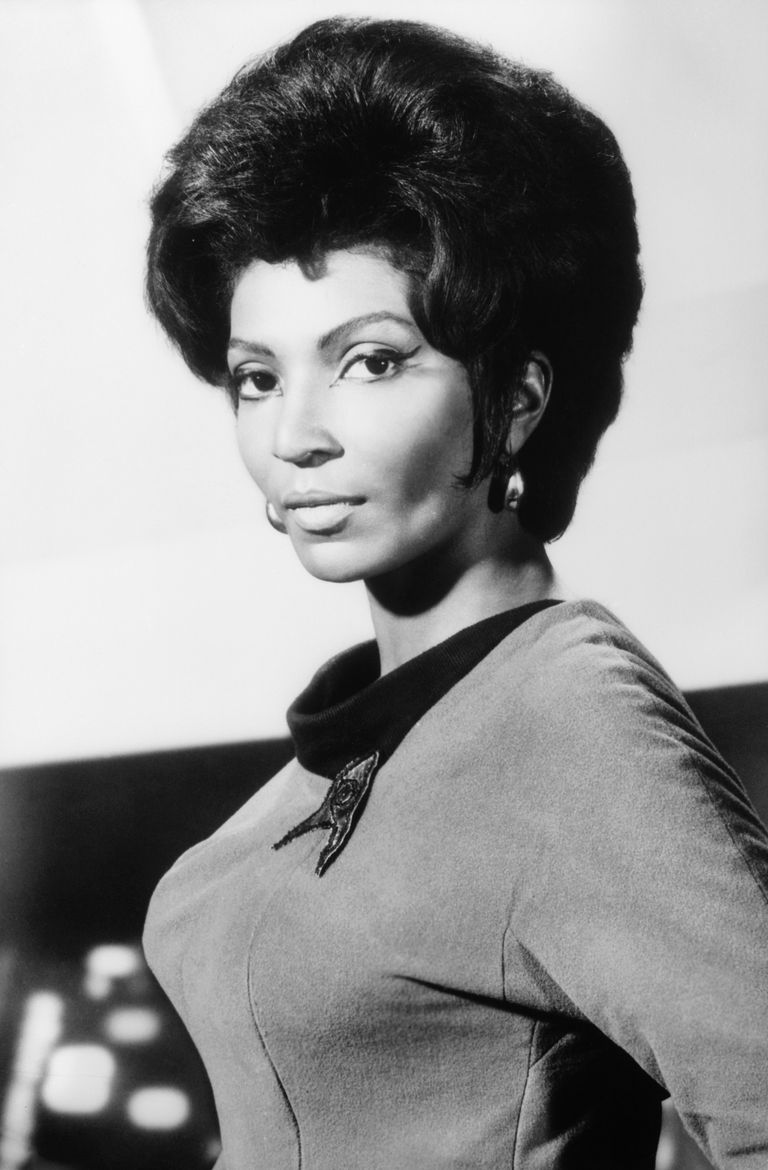Remembering The Iconic Legacy Of Star Trek’s Nichelle Nichols
Even non-Trekkies have likely heard of the legendary Nichelle Nichols, who wasn’t just an esteemed actress — she was also a pioneering figure for women of color. Her passing in July 2022 was tragic, but she will be forever remembered for the impression she left on the world of film and TV. You could even say she helped bring Hollywood into a new frontier.
Noticed
Although Nichols didn’t start trailblazing across your TV screens until her late 20s, she started performing as a child. Initially, she learned a trade at the Chicago Ballet, but her talents shone like the stars. And it attracted them too, because Duke Ellington — an iconic jazz performer in the ’40s — noticed her. Before long, Nichols was lead dancer and singer on his tours.
Fancy footwork
No doubt Nichols learned a thing or two about acting along the way as well. Did you know she first appeared on TV screens in 1959? It’s true: she was a dancer in the Sidney Poitier musical drama, Porgy and Bess, albeit uncredited. It wasn’t until five years later that Nichols took the step from TV performer to actress in the TV movie Great Gettin' Up Mornin'.
Strong
That’s not what you all know her from, of course. Her most memorable role was — you guessed it — Lieutenant Nyota Uhura in the classic sci-fi series Star Trek. In those days it was rare enough to have a diverse cast, but Uhura had it all. She was a strong, fleshed-out character in her own right, too. Heck, she was the first female African-American authority figure on TV!
Breaking conventions
Even Uhura’s name broke conventions, as Nichols told the Television Academy Foundation in 2011. "Uhuru is Swahili for freedom,” she explained, “and that's the history of Africa — everyone is fighting for uhuru in one way or another.” Star Trek creator Gene Roddenberry thought the name sounded “too harsh for a female,” but Nichols fought for her character, too.

